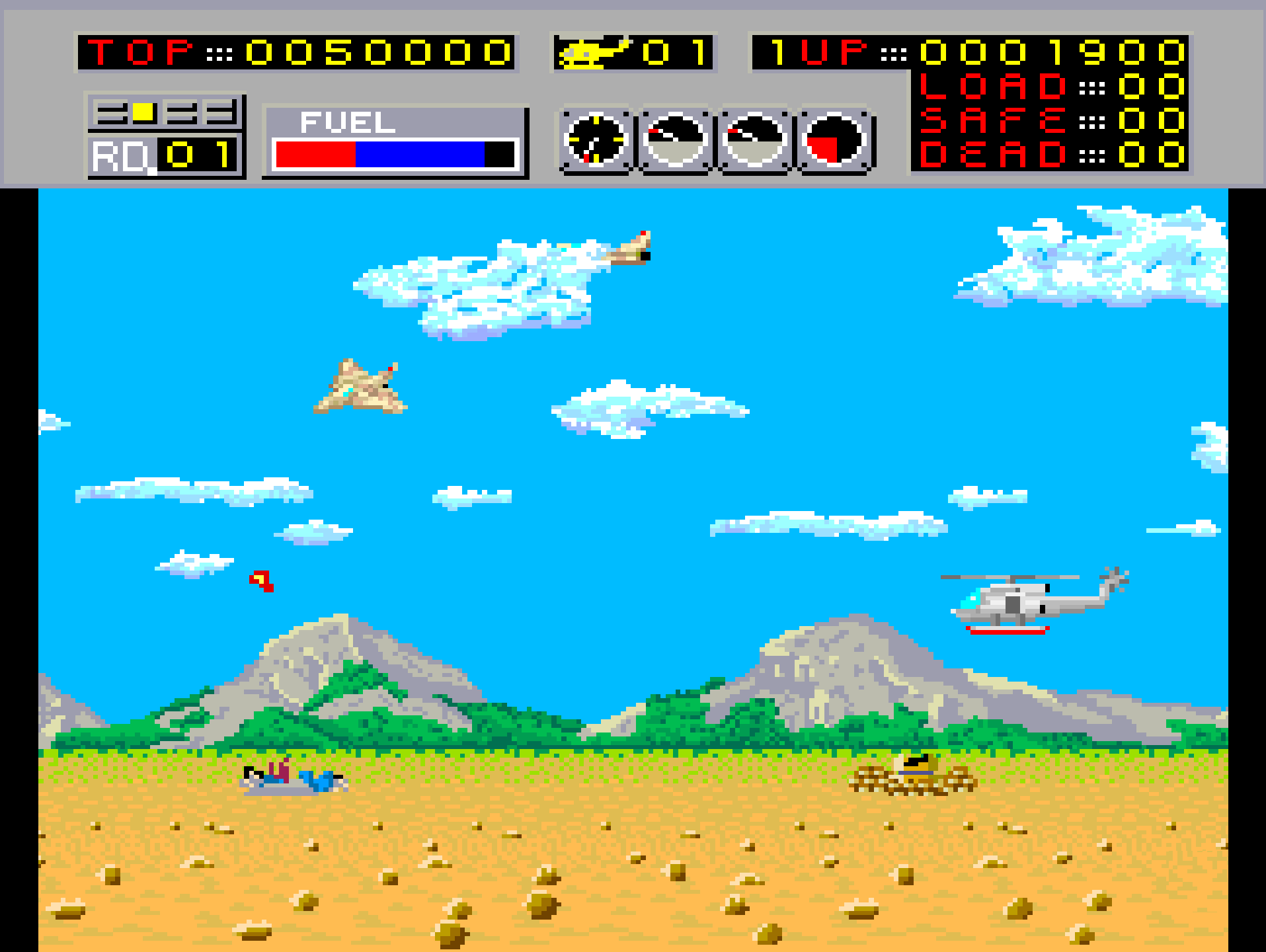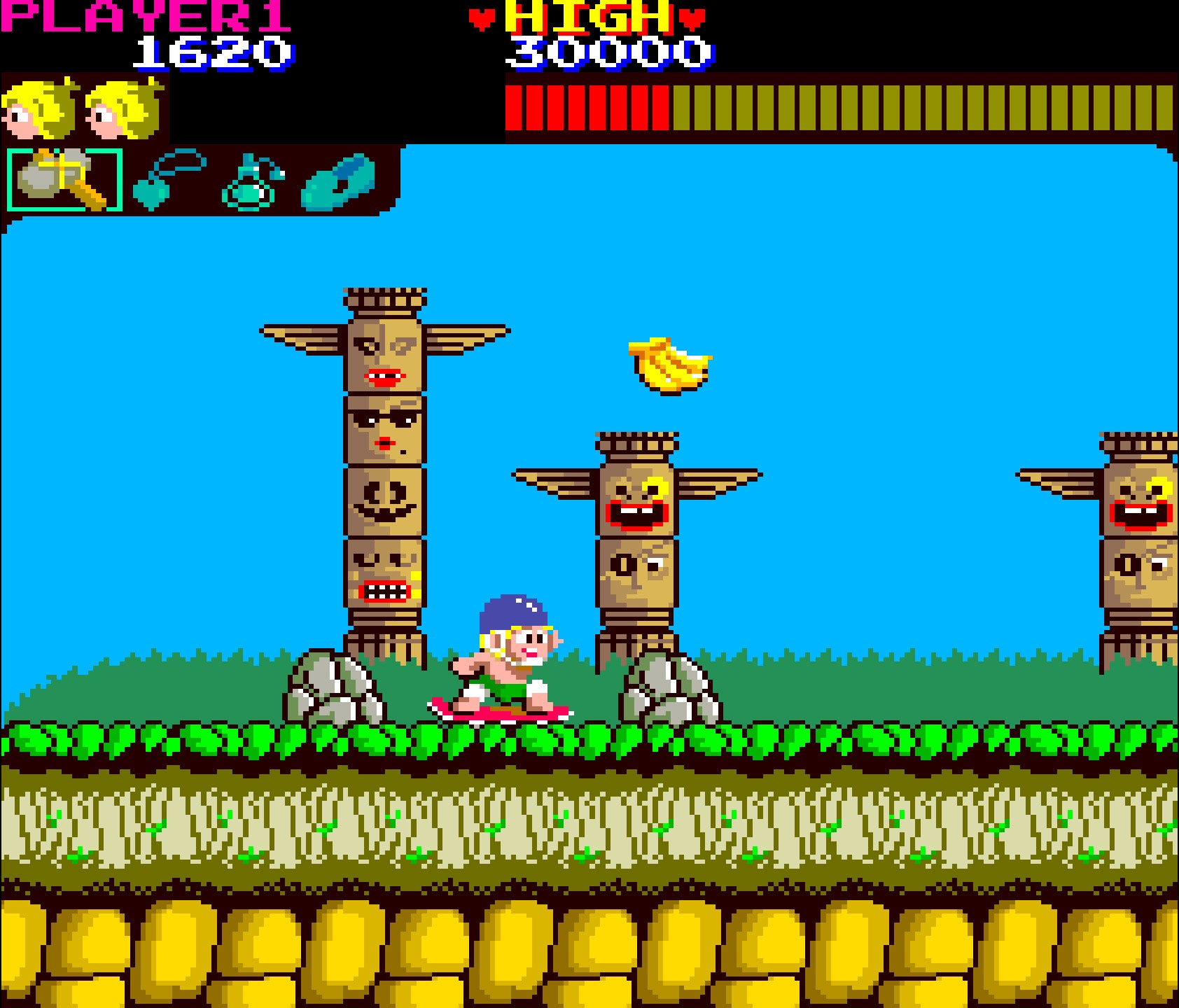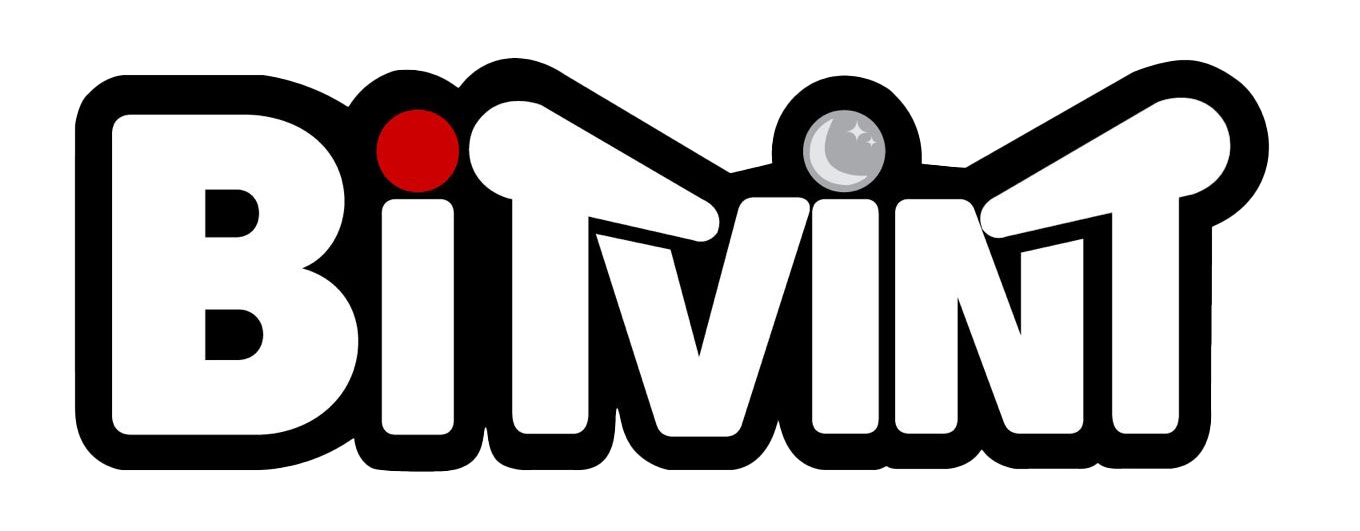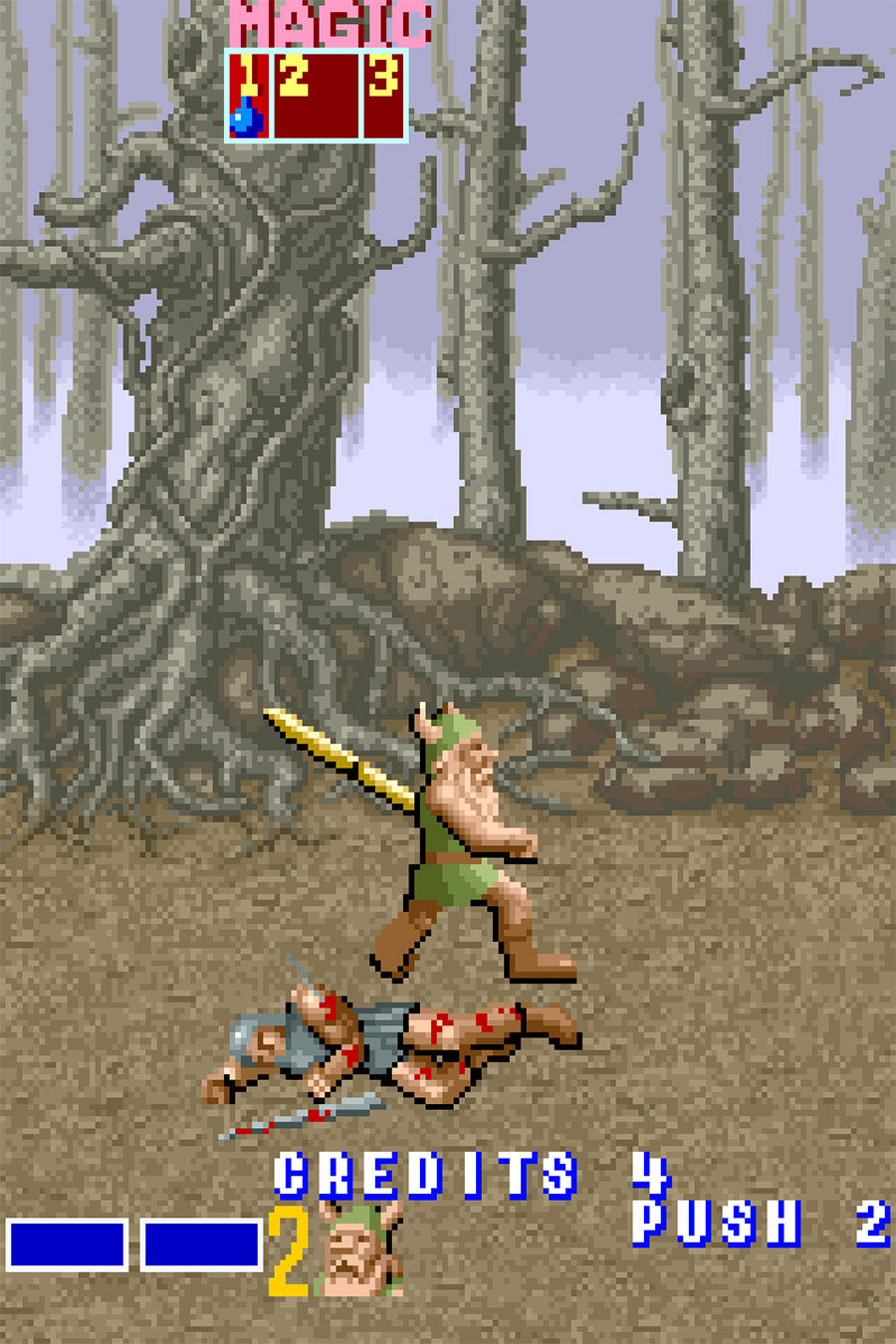Introduction
The late 1980s and early 1990s were a golden age for arcade gaming, and Sega was at the forefront with its powerful System 16 and System 32 arcade hardware. These platforms powered some of the most legendary arcade games of all time, laying the foundation for Sega’s dominance in the arcade industry.

Before System 16: Sega’s Early Arcade Platforms
Before the System 16 revolutionized arcade gaming, Sega developed earlier 8-bit arcade hardware to power their growing library of games.
Sega System 1 & 2 (1983-1985)
- System 1 (1983): An 8-bit arcade board used for early Sega games like Flicky and Choplifter.
- System 2 (1985): An enhanced version of System 1, featuring improved graphics and sound, powering hits like Wonder Boy and Fantasy Zone.
According to former Sega engineer Hideki Satoh, the transition to System 16 was a deliberate evolution of Sega’s hardware capabilities:
"We created SYSTEM I, then SYSTEM II, and eventually SYSTEM 16, each iteration enhancing our hardware capabilities." – Hideki Satoh
This shift from 8-bit to 16-bit graphics and sound allowed Sega to push arcade experiences to new levels.

The Rise of the Sega System 16
Introduced in 1985, the Sega System 16 arcade board was a cost-effective yet powerful hardware solution that allowed Sega to produce visually rich games with smooth sprite scaling and animation. It was based on the Motorola 68000 CPU, which was widely used in arcade hardware of the era. With detailed backgrounds, fluid character animations, and vibrant colors, the System 16 quickly became a favorite among arcade operators and players alike.
Notable Games on System 16:
- Golden Axe (1989) – A legendary beat-em-up that defined co-op arcade action.
- Shinobi (1987) – A ninja-themed side-scroller with tight gameplay and stealth elements.
- Altered Beast (1988) – Famous for its transformation mechanics and “Rise from your grave” voice sample.
The System 16’s modular design made it easy to swap out ROM boards, allowing arcade operators to upgrade games without replacing the entire cabinet. This made it a highly popular and cost-effective choice during its lifespan.
System 32: Sega’s Leap Toward 3D and Beyond
By 1990, arcade technology was advancing, and Sega introduced the System 32 to push the boundaries of 2D and early 3D arcade gaming. This was Sega’s first 32-bit arcade system, designed to handle larger sprites, more detailed backgrounds, and an increased number of on-screen objects.
Key Advancements in System 32:
- More powerful sprite handling – Allowed for more fluid animations and scaling effects.
- Improved color palette – Created more detailed and vibrant visuals.
- Early 3D capabilities – Some games featured pseudo-3D graphics with advanced sprite scaling.
Notable Games on System 32:
- Spider-Man: The Video Game (1991) – A beat-em-up featuring multiple Marvel heroes.
- Jurrasic Park (1994) – a rail shooter arcade game based on the iconic 1993 Steven Spielberg film
- Arabian Fight (1992) – A visually impressive side-scrolling brawler with large, animated sprites.
Despite its technical prowess, the System 32 had a relatively short lifespan, as the industry quickly shifted toward dedicated 3D hardware, with Sega’s Model 1, Model 2, and Model 3 systems leading the charge in true polygon-based arcade gaming. These later systems, which powered hits like Virtua Fighter and Daytona USA, marked the next phase of Sega’s arcade evolution.
Former Sega CEO Tom Kalinske emphasized how Sega’s arcade innovations shaped the industry:
"The key to success in the video game business is having great software. If you have great software, the hardware will sell." – Tom Kalinske
This philosophy was evident in Sega’s arcade dominance, where cutting-edge hardware was always backed by strong game development.
Legacy and Influence
Both System 16 and System 32 played critical roles in Sega’s arcade dominance. The System 16 laid the groundwork for many of Sega’s later innovations, while System 32 acted as a bridge between classic 2D sprite-based games and the 3D revolution. Many of the games on these platforms remain beloved classics, often re-released on modern consoles and collections.
Their influence can still be felt today, especially in the retro gaming and arcade restoration communities, where enthusiasts continue to preserve, repair, and modify these iconic arcade boards.
Conclusion
The Sega System 16 and 32 were more than just hardware; they were engines of creativity that powered some of the greatest arcade experiences of their time. Whether through the hack-and-slash action of Golden Axe, the high-speed thrills of Rad Mobile, or the superhero beat-em-up action of Spider-Man, these platforms helped define what made arcades special.
While System 32 marked the peak of Sega's 2D arcade dominance, it was soon followed by the leap to true 3D gaming with the Model 1, 2, and 3 systems, ushering in a new era for arcades.
As retro gaming continues to thrive, these arcade boards serve as a reminder of Sega’s golden age—a time when innovation and excitement ruled the arcade floors. Now it’s your turn—cast your vote and let us know your favorite Sega system!🕹️
What's Your Favorite Sega Arcade System?
Total Votes: 0
Current Results:
Sources & Additional Reading
- Sega's official history page and their hardware developments.
- Transcripts for Sega Engineer Interview
- Interview with Sega CEO.
- Sega Retro - System 16
- Sega Retro - System 32






